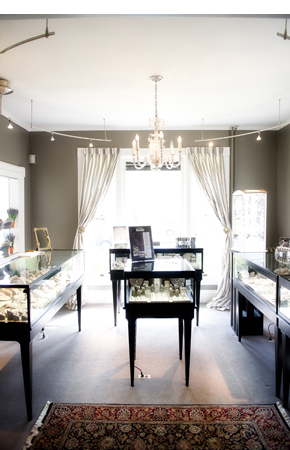 “Ruby, ruby, when will you be mine?” The old song captures the feelings of many with July birthdays as they longing look at the lovely red gem. Rubies are famed for their color range from pinkish to raspberry to a vibrant true red, described as “pigeon’s blood” in jeweler-speak, which is reserved for the most valued jewels. This royal stone is a grand choice for the red-hot month of July.
“Ruby, ruby, when will you be mine?” The old song captures the feelings of many with July birthdays as they longing look at the lovely red gem. Rubies are famed for their color range from pinkish to raspberry to a vibrant true red, described as “pigeon’s blood” in jeweler-speak, which is reserved for the most valued jewels. This royal stone is a grand choice for the red-hot month of July.
When found flawless, a ruby is sometimes worth more than a diamond and is considered one of the four precious stones, together with sapphire, emerald and diamond. Its regal past includes trading along the Silk Road of China and ornamentation of everything from armor, sword hilts, scabbards and harnesses, to royal crowns and tiaras. Before modern gemological science could test mineral content, ruby was frequently confused with the rose-tinted variety of spinel, a mineral often found alongside rubies.
The most renowned rubies, such as the 23.1 carat Carmen Lucia ruby, on display in the National Museum of Natural History in Washington, D.C., come from Myanmar (formerly Burma), the Himalayas and northern Vietnam. Typically formed in marble, these stones are found in layers that are distributed irregularly within the surrounding marble and have a vibrant red color enhanced by fluorescence – the visible light some gemstones emit when they are exposed to invisible ultraviolet (UV) rays.
Did you know? The largest mined ruby in the world is the Liberty Bell Ruby, weighing in at 8,500 carats. Found in east Africa in the 1950s, it is sculpted into a miniature form of the Liberty Bell. Featuring 50 diamonds, the $2 million work of art was stolen in a 2011 heist at a Delaware jewelry store. Earlier this year, four men were arrested for the crime, but the piece has not been recovered.







No comments yet.